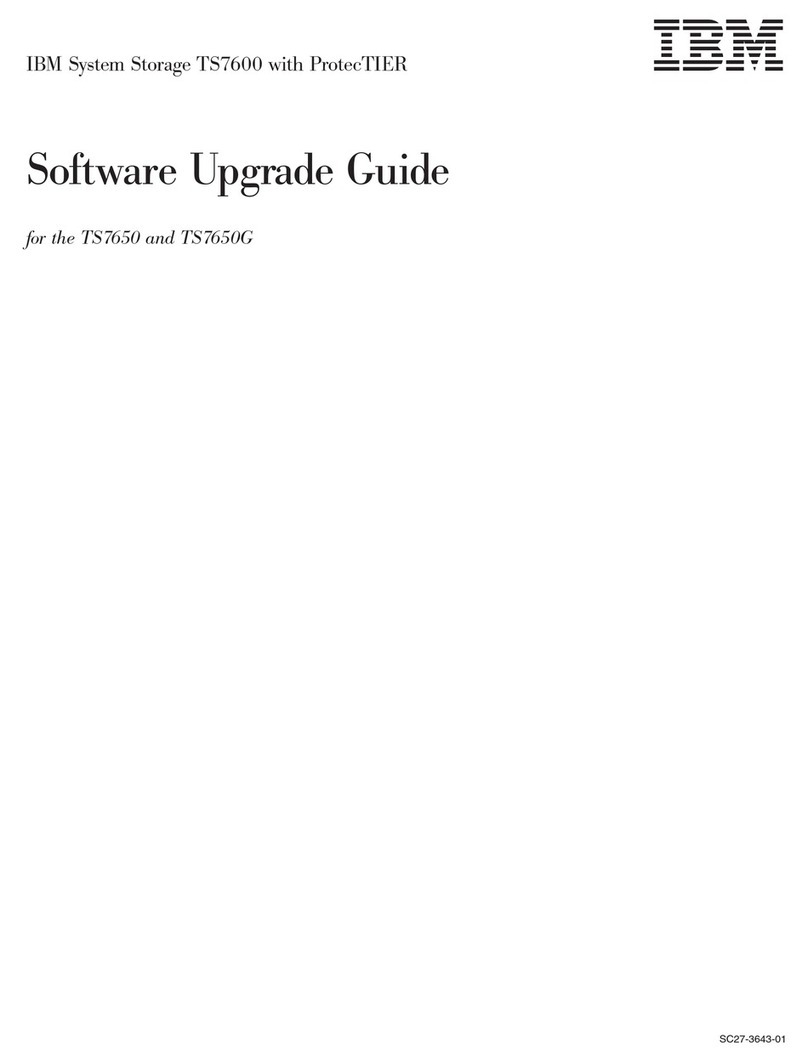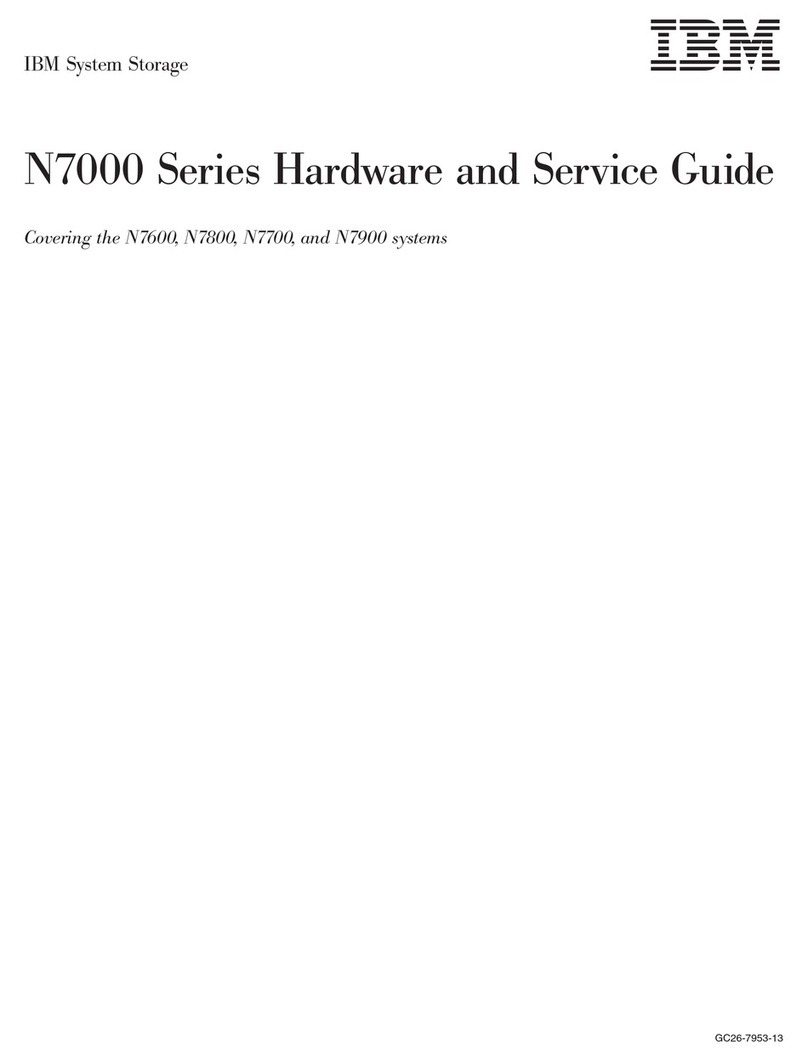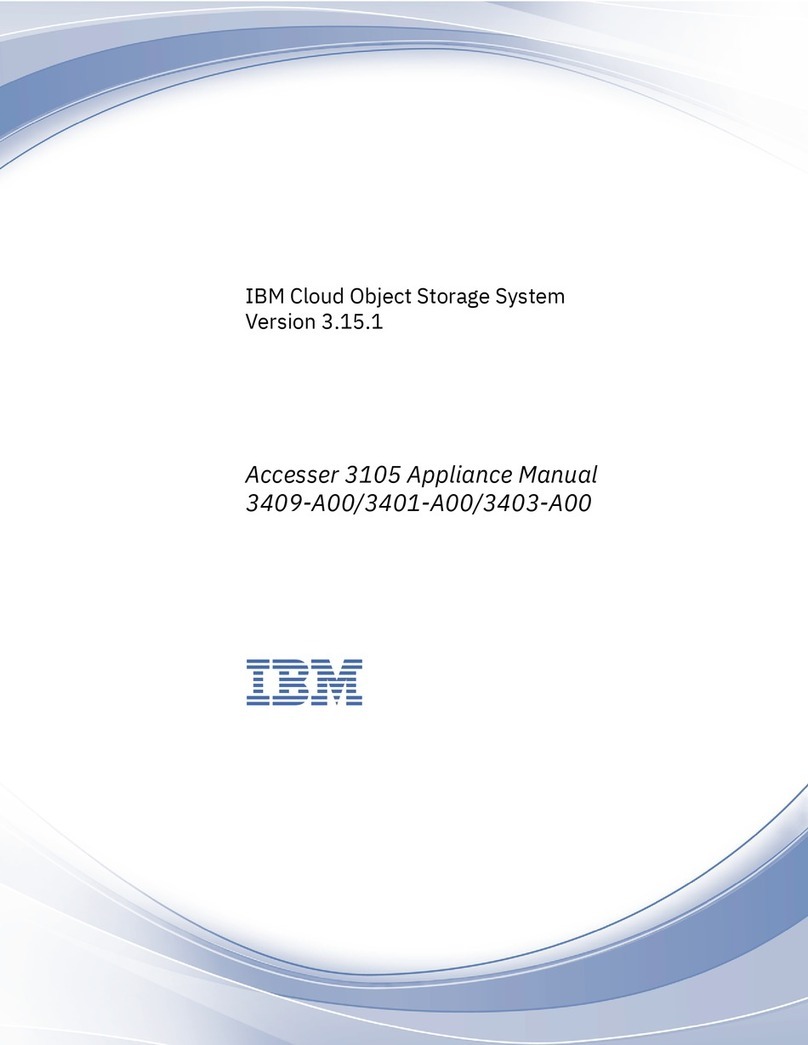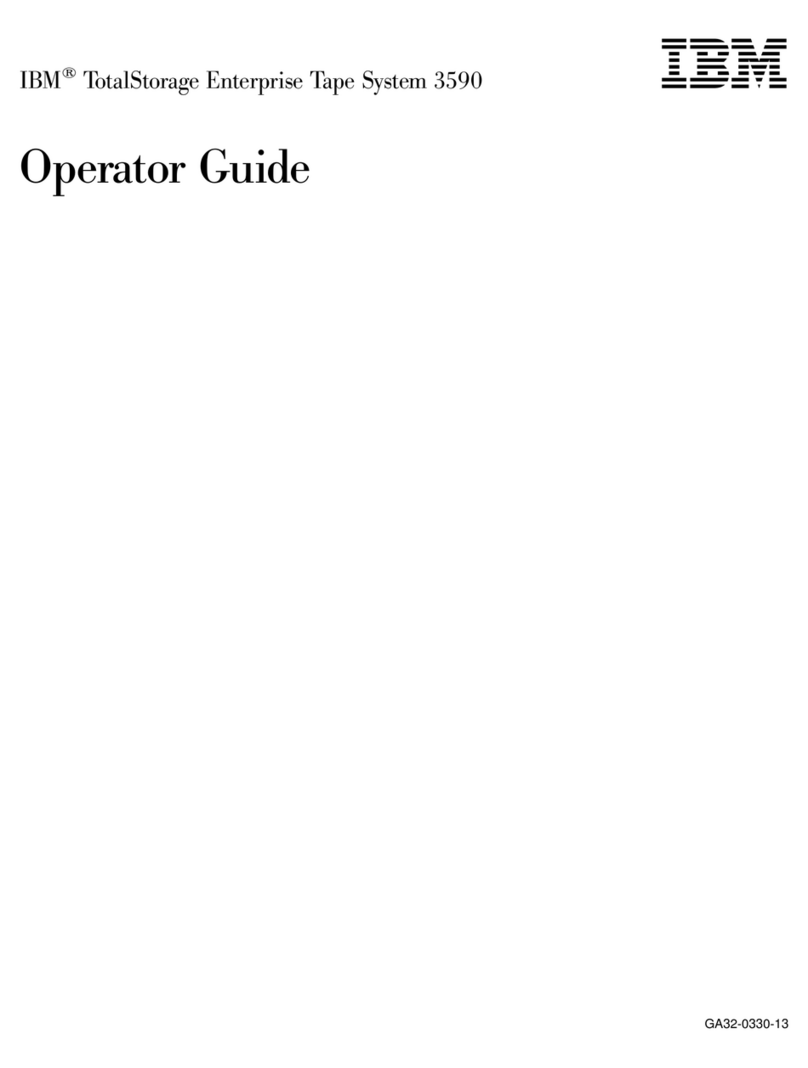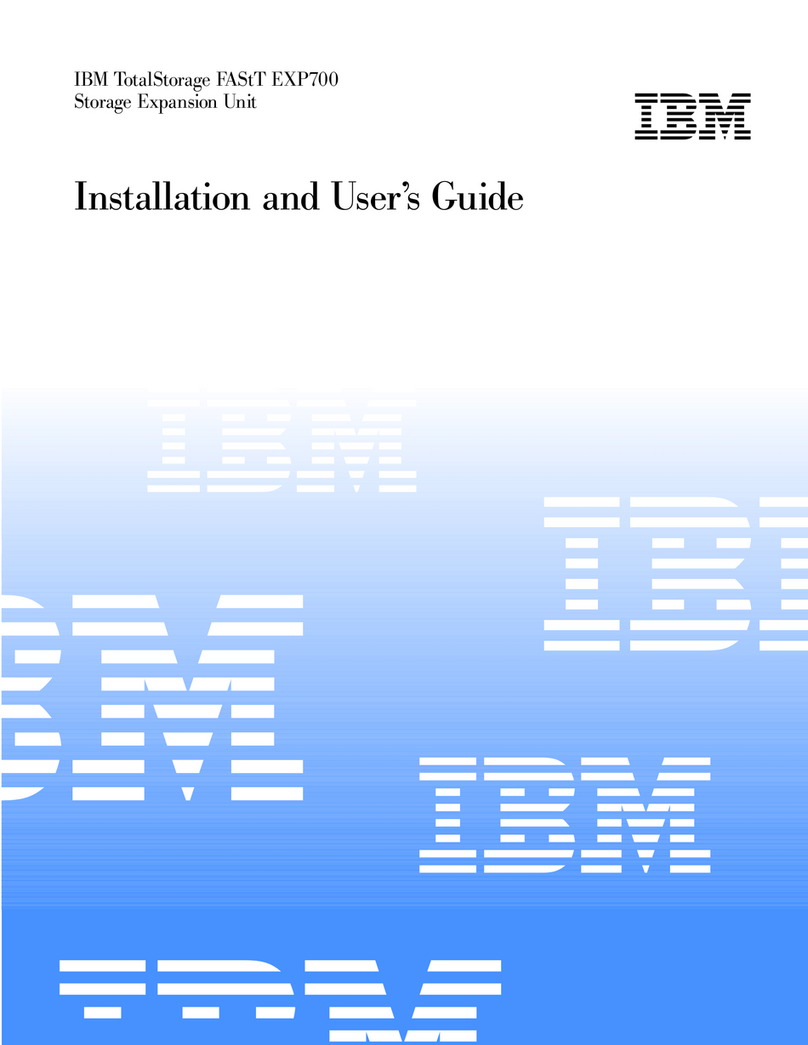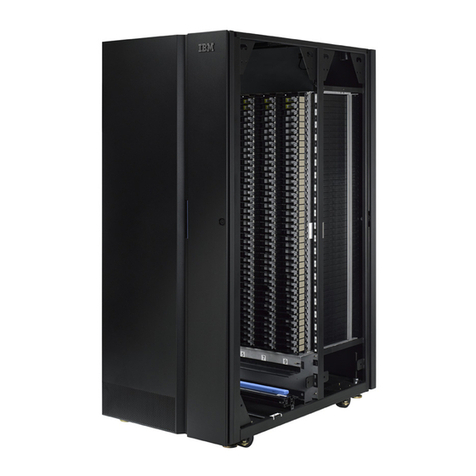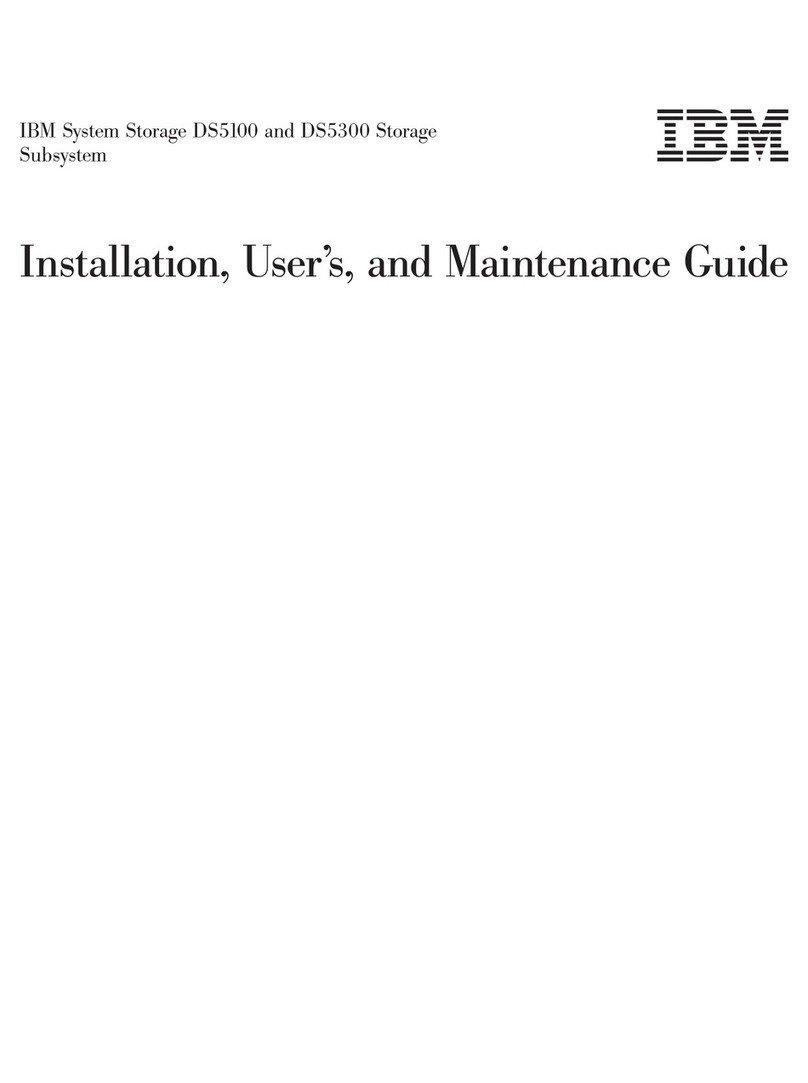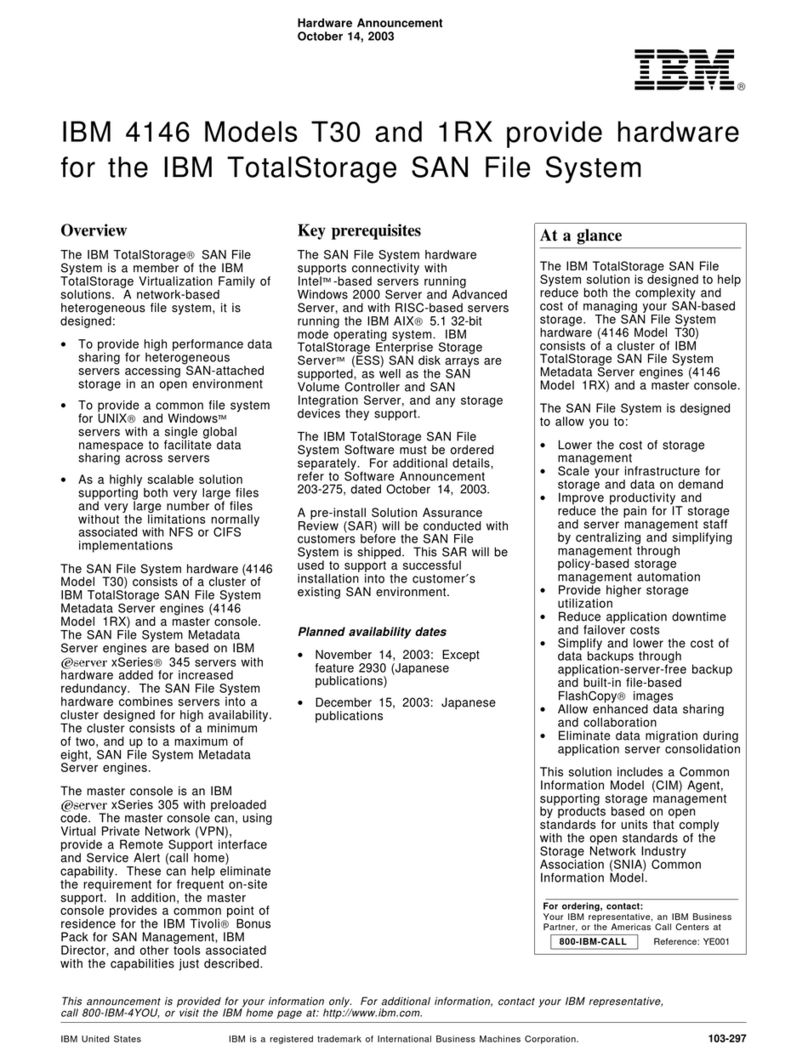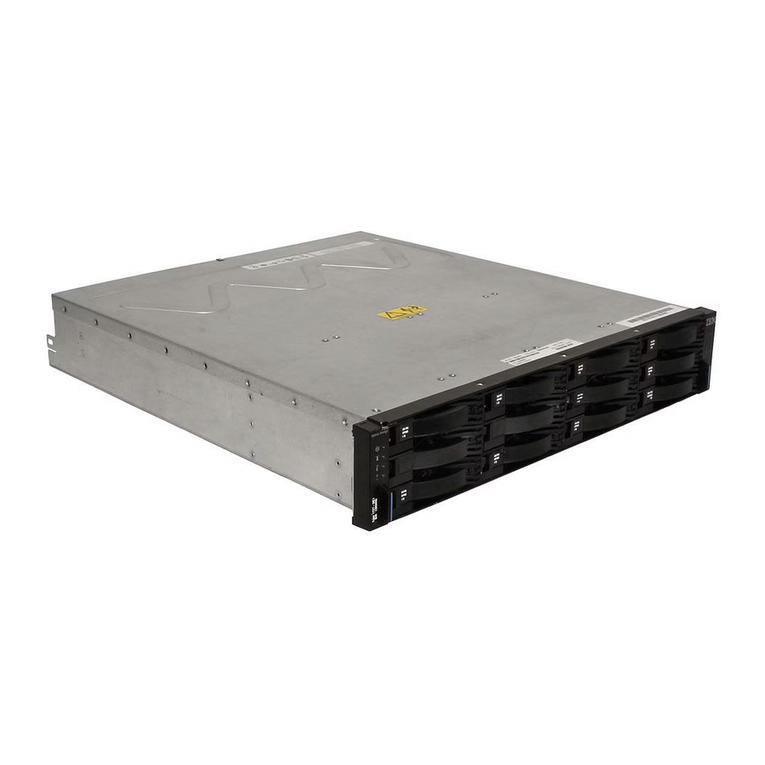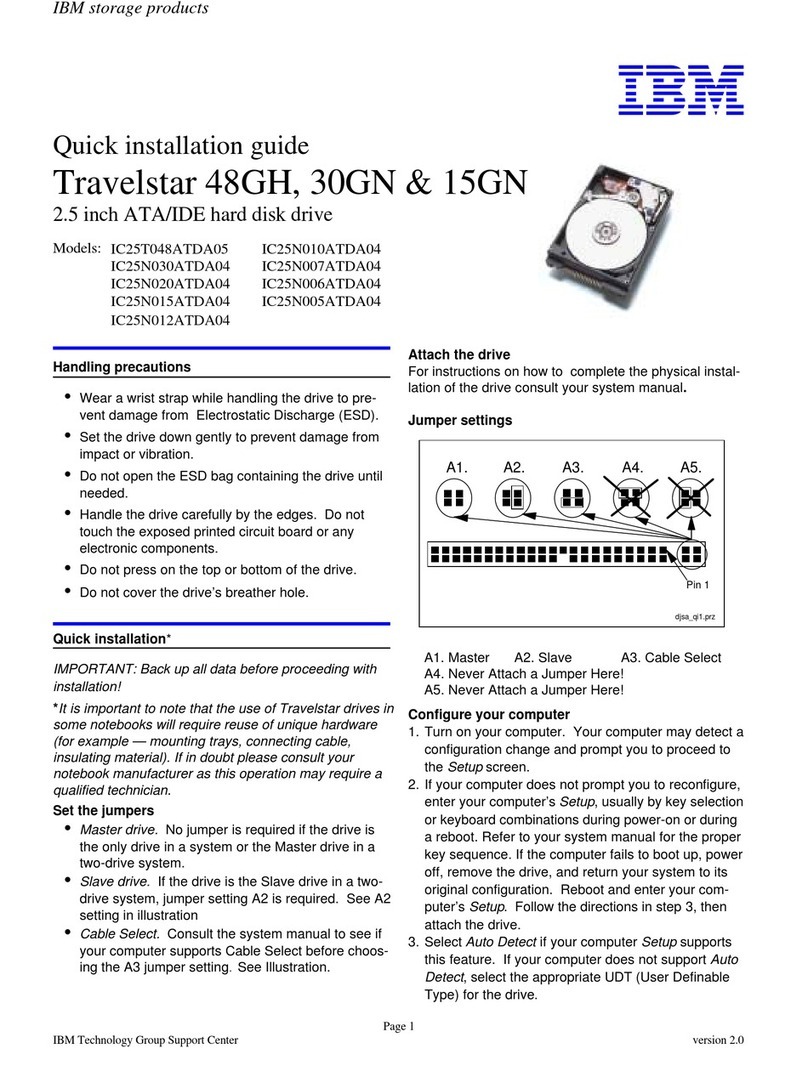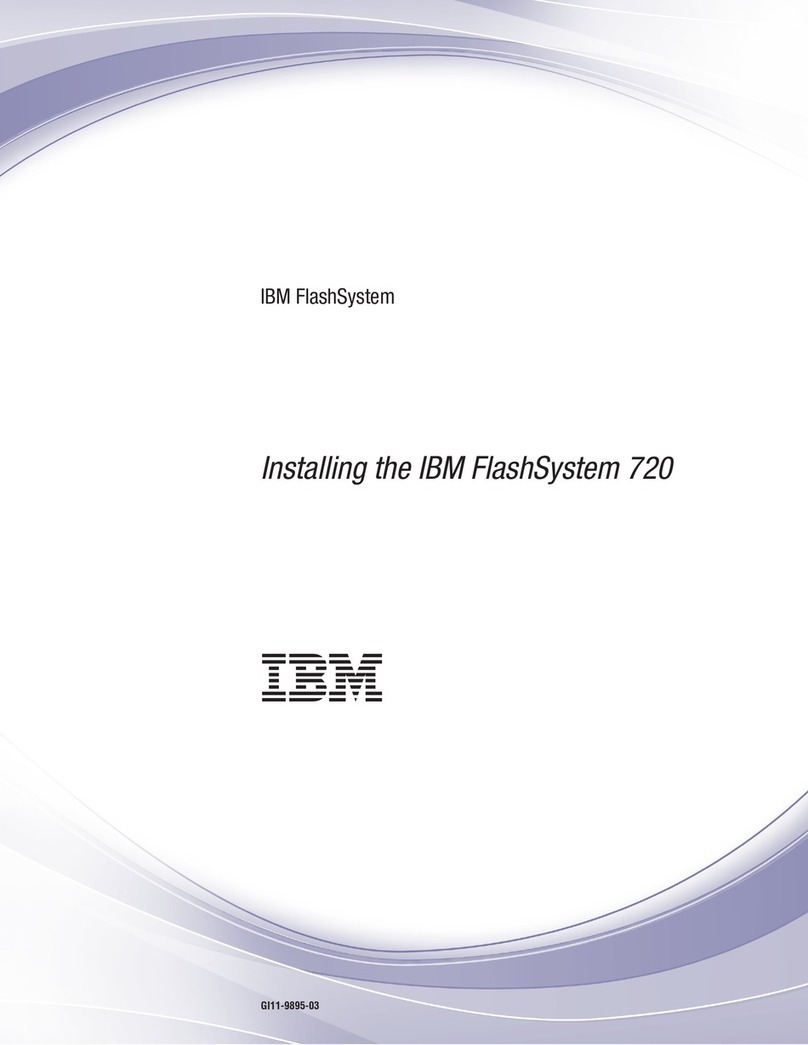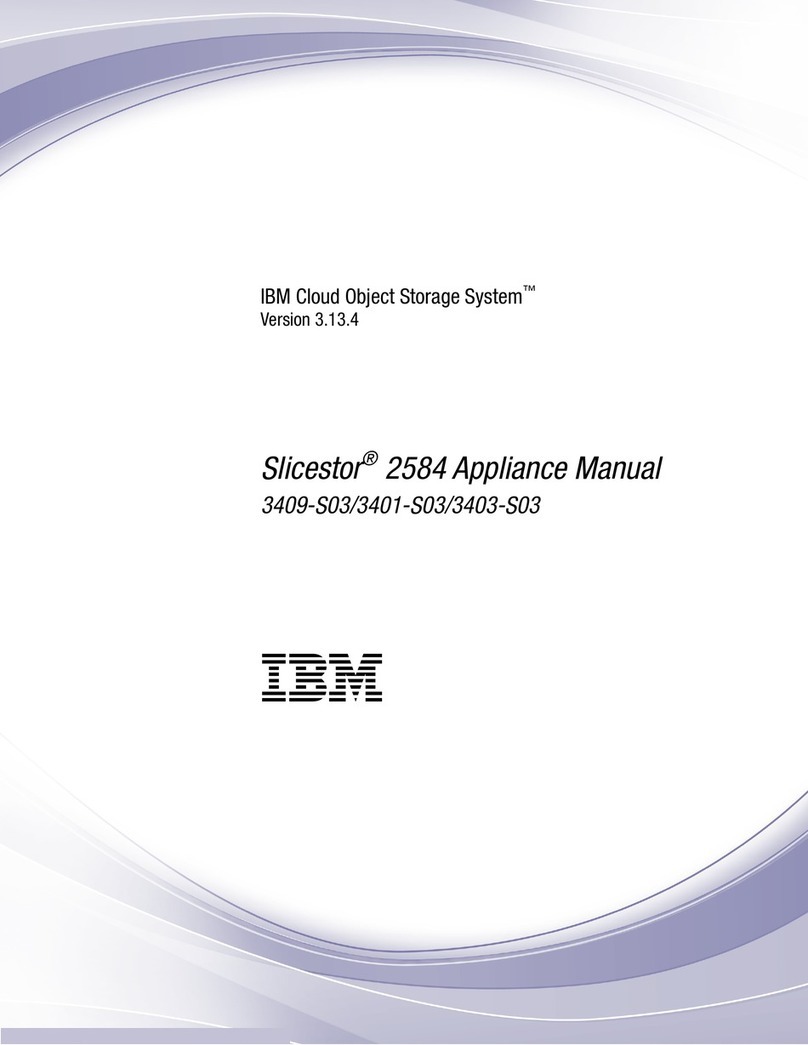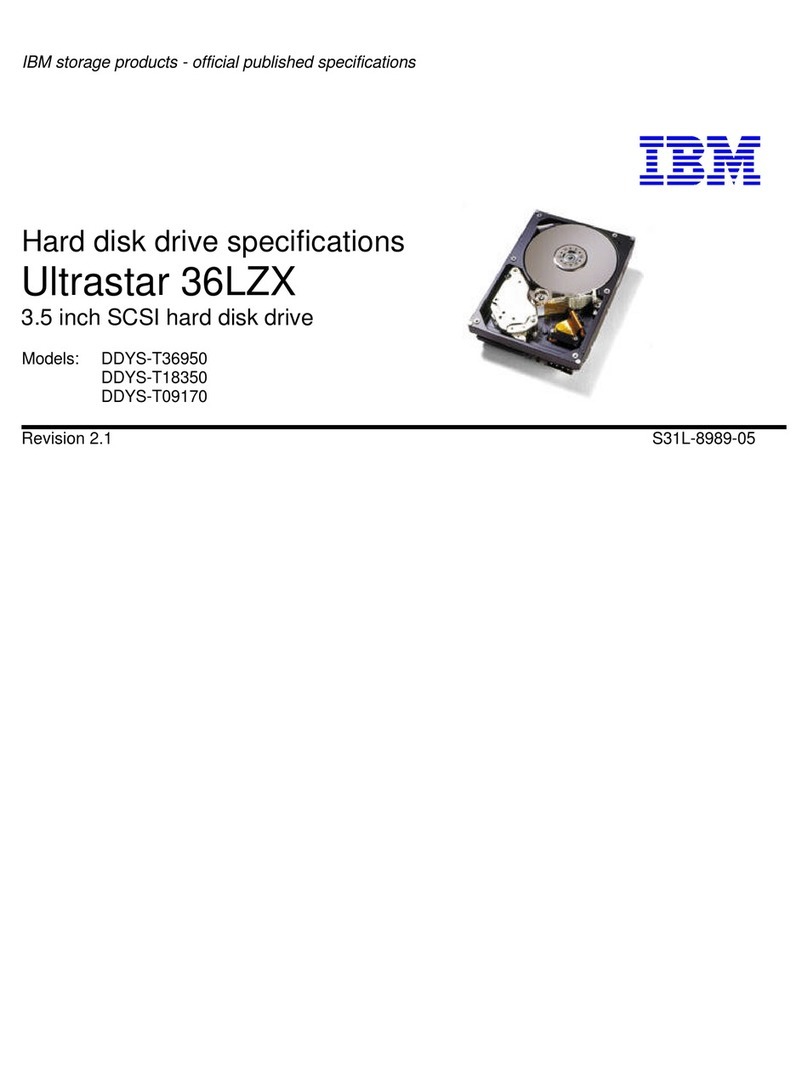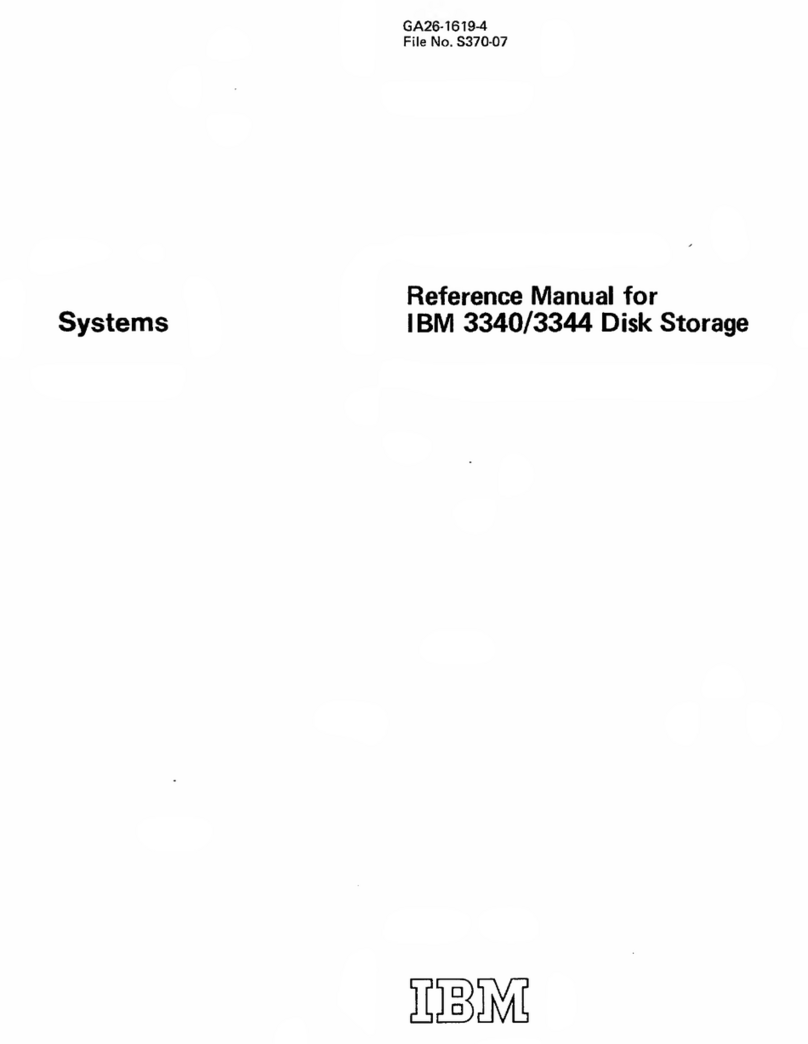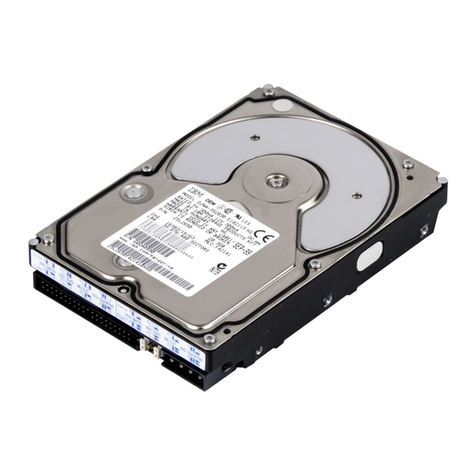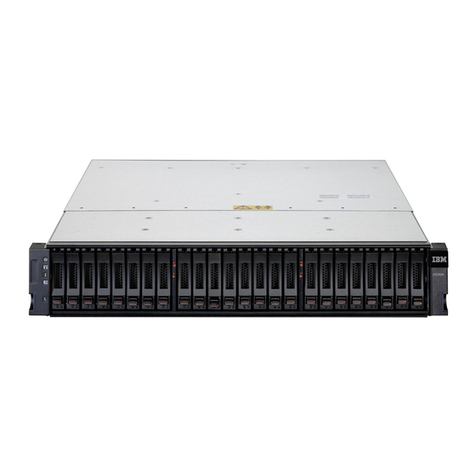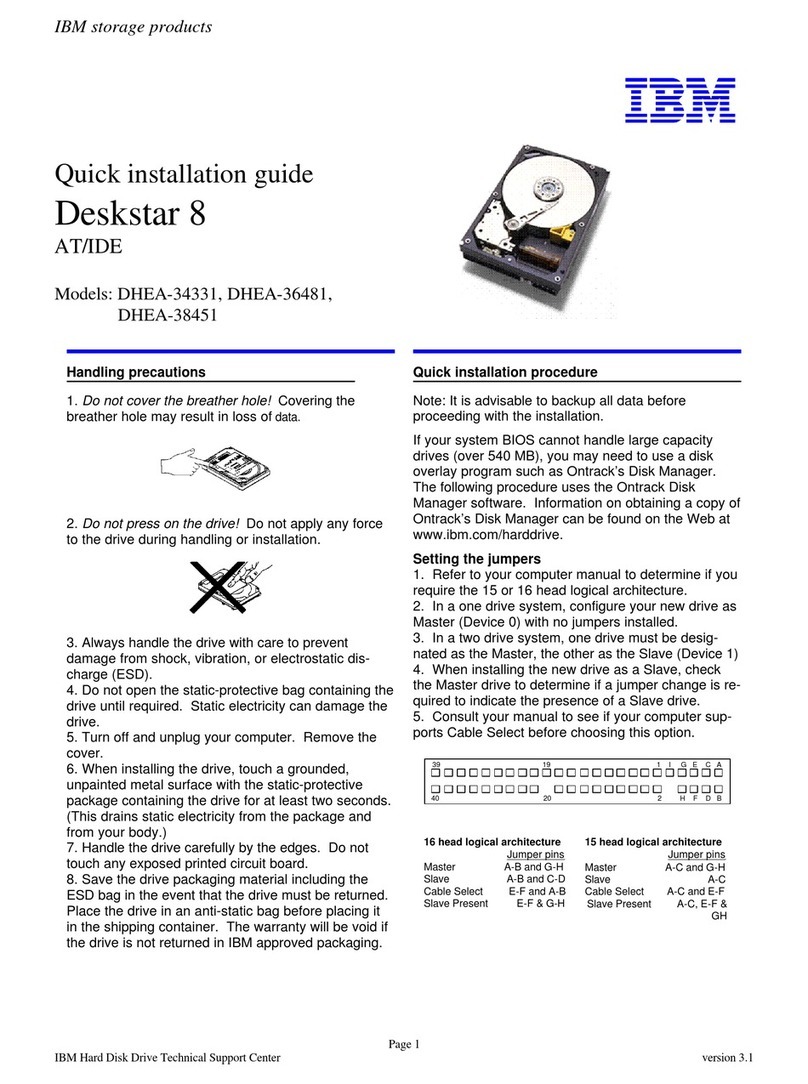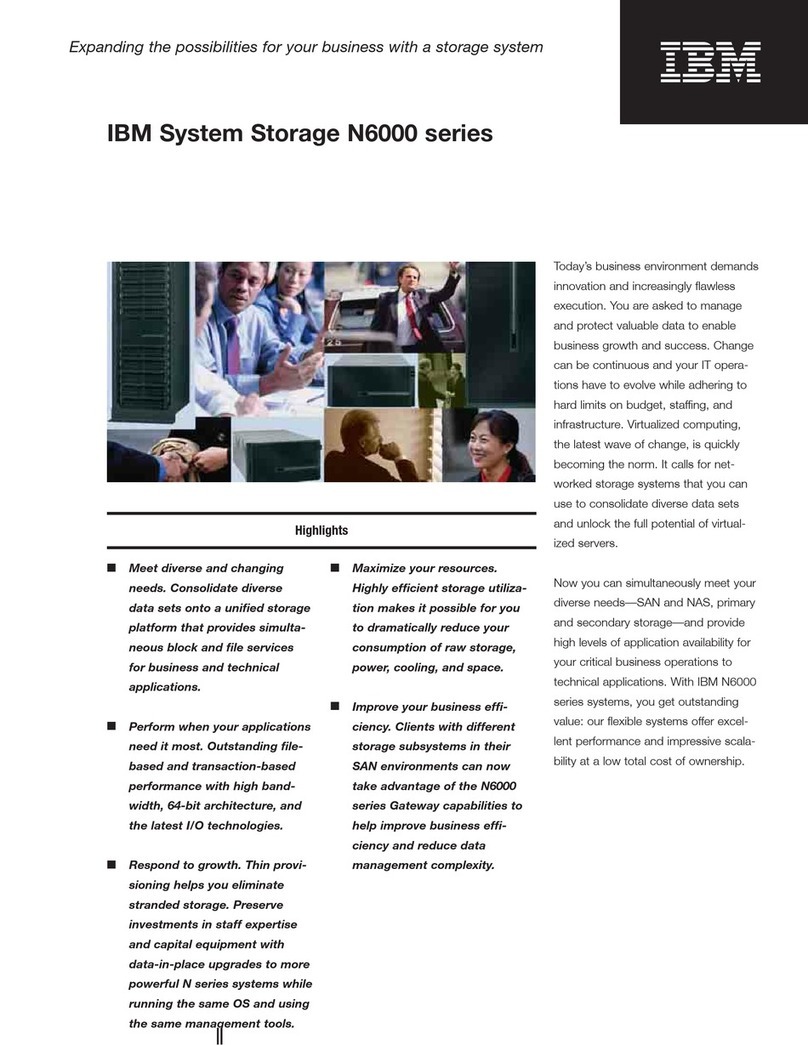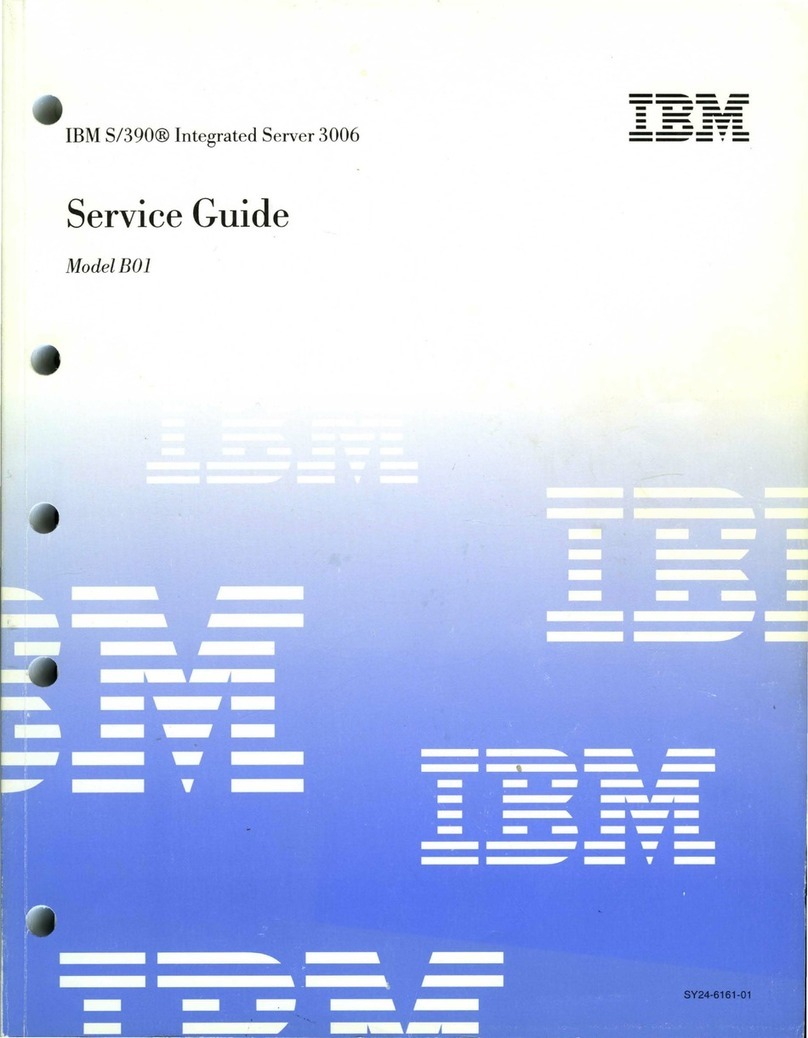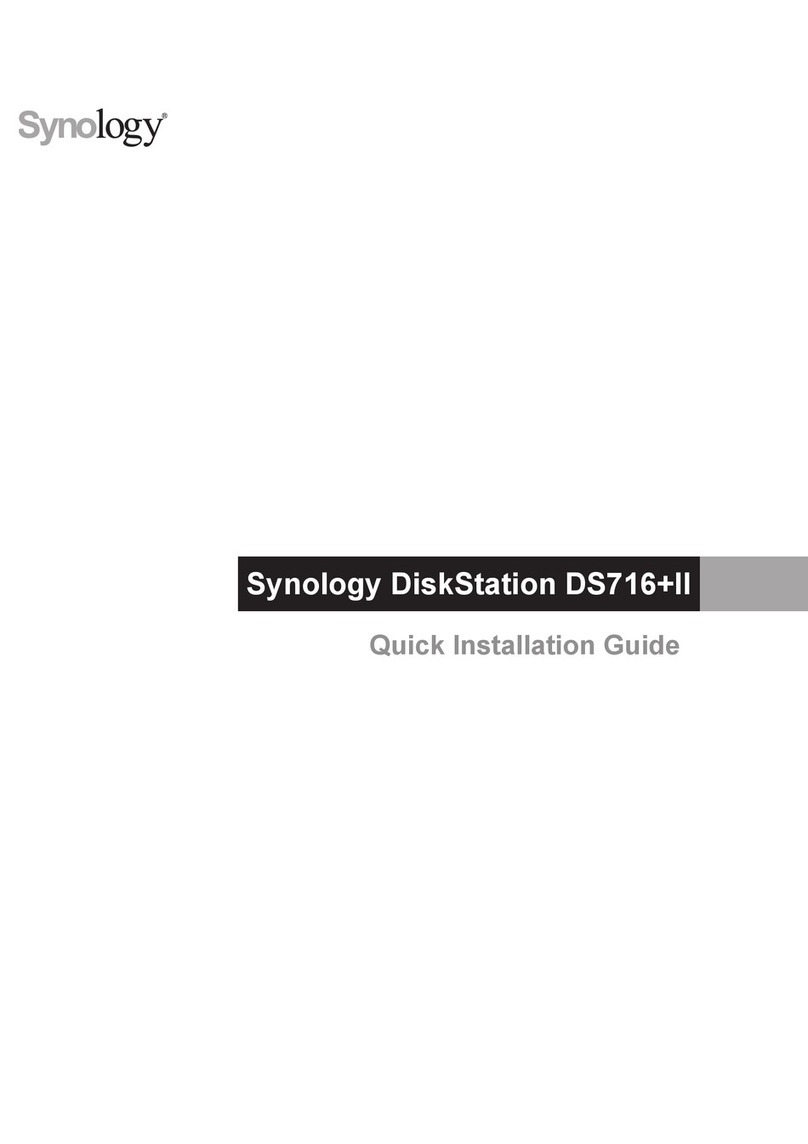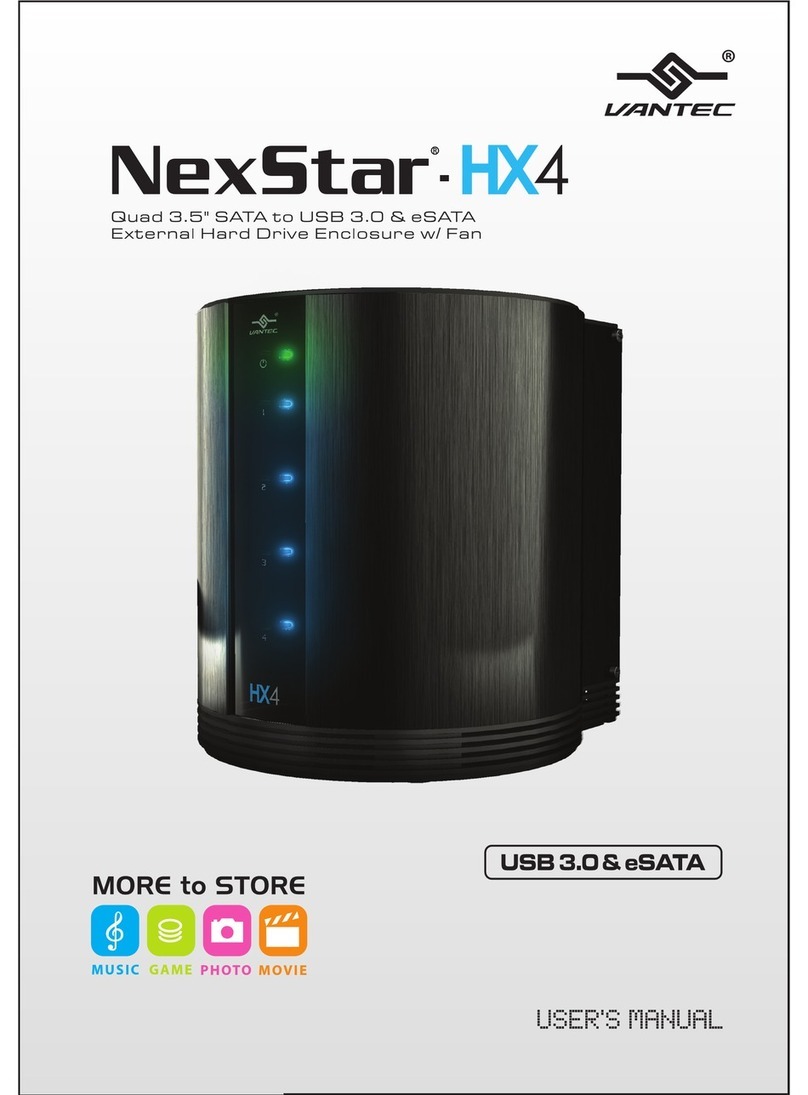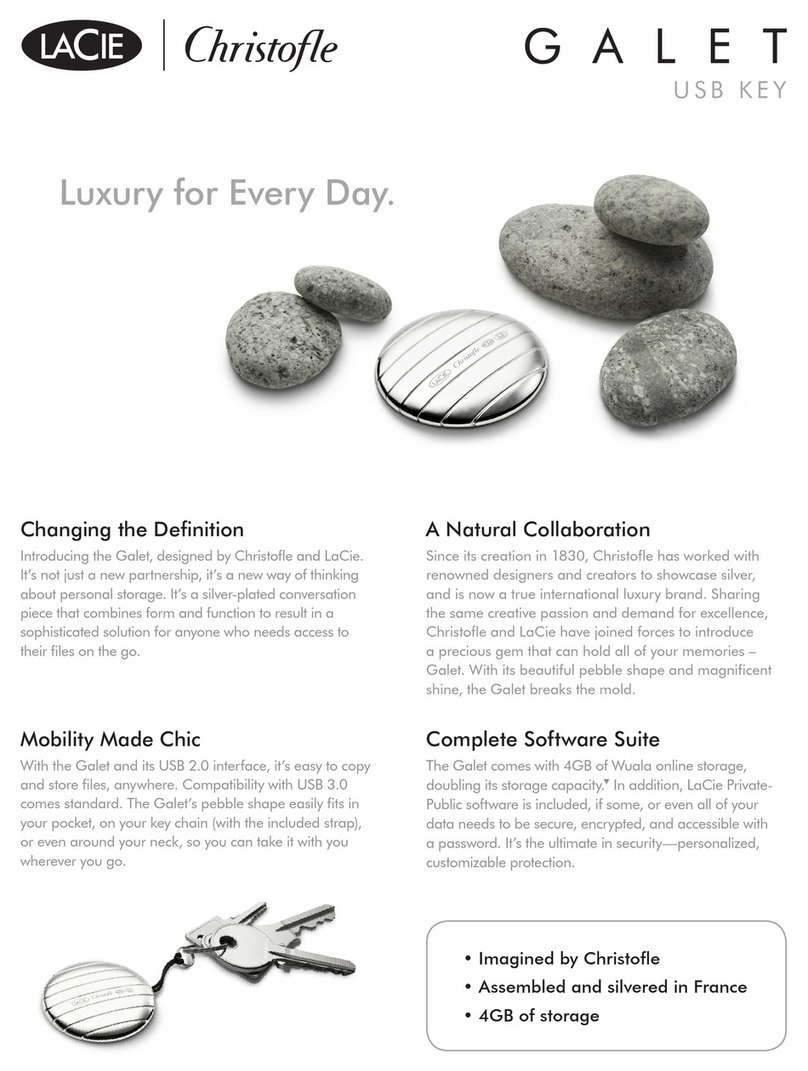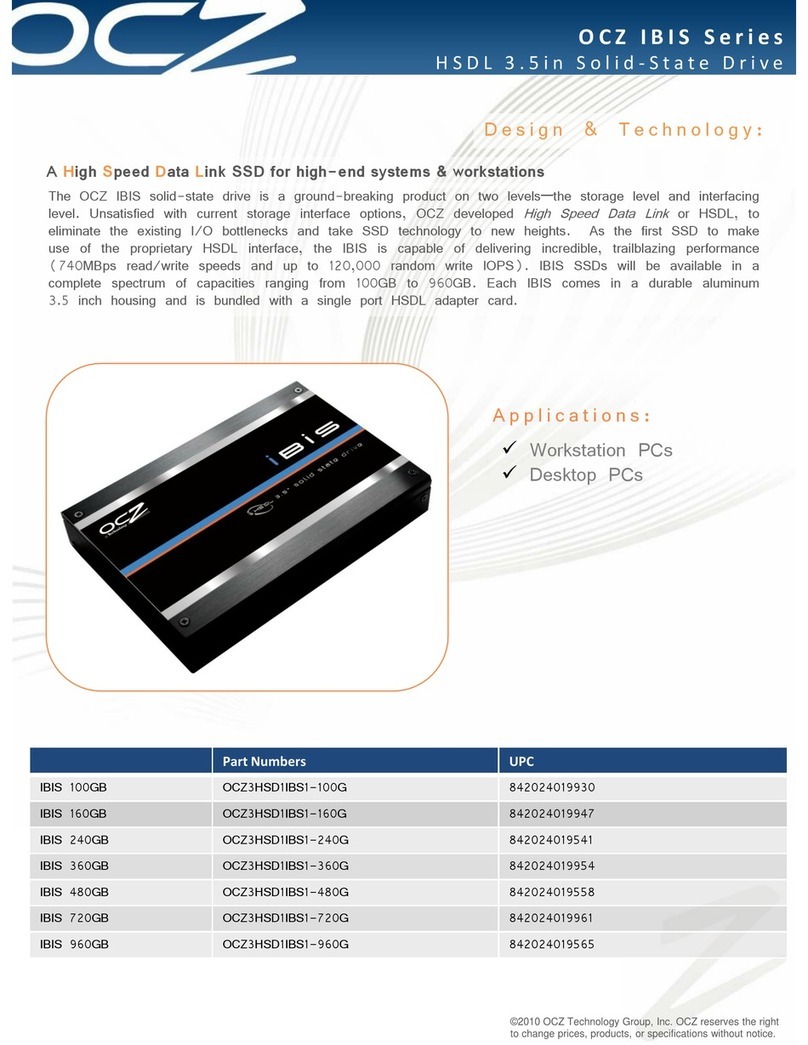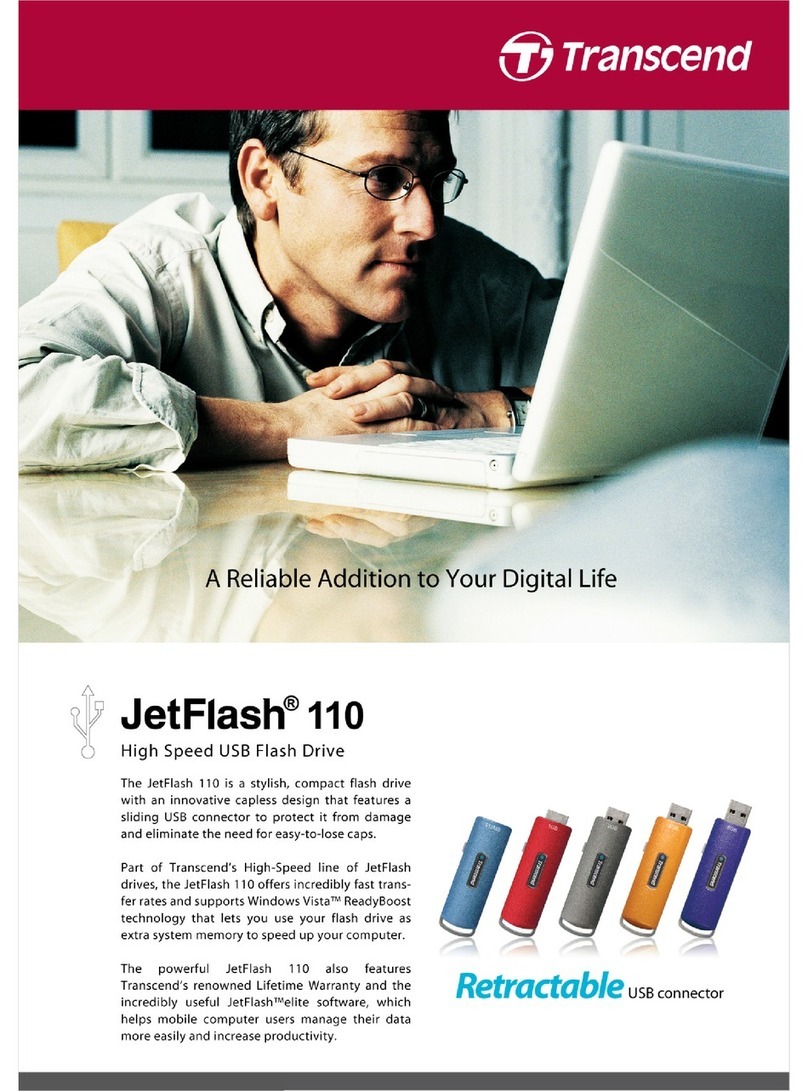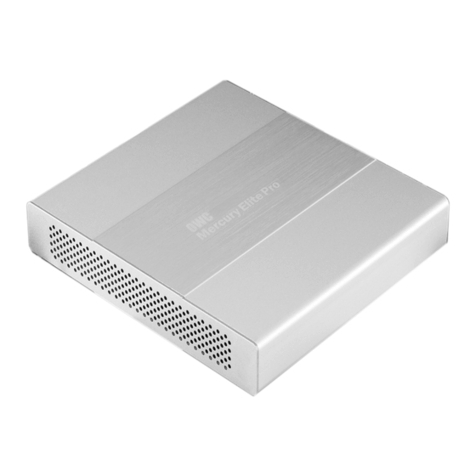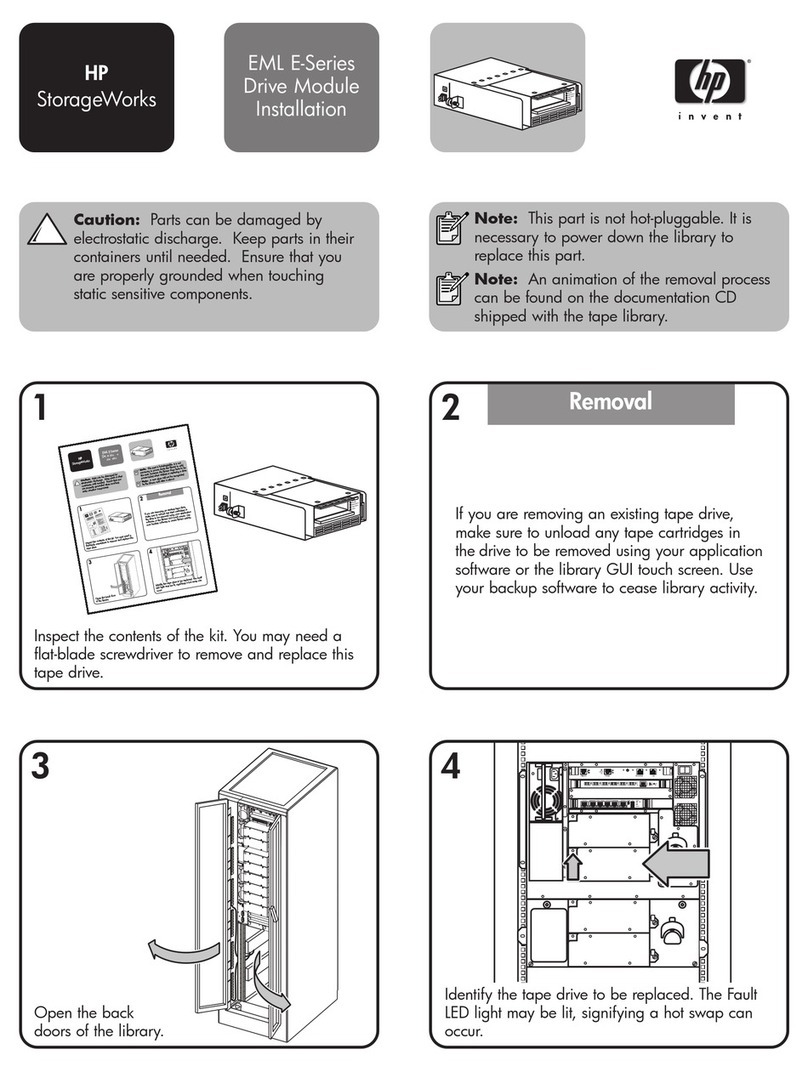
IP address allocation and usage..........................................................................................................35
Planning for high availability......................................................................................................................35
Storage conguration planning................................................................................................................. 35
Planning your network and storage network............................................................................................ 35
Planning for 100 Gbps adapter............................................................................................................36
Planning for cables.................................................................................................................................... 36
Connections for Elastic Storage System 3000 ................................................................................... 36
Planning for adapters........................................................................................................................... 38
Supported environment.............................................................................................................................38
Chapter 4. Installing............................................................................................39
Installation overview................................................................................................................................. 39
Detailed installation steps (SSR task)....................................................................................................... 40
ESS system view...................................................................................................................................40
Rack details.......................................................................................................................................... 40
Installing the EMS server in a rack.......................................................................................................40
Unpacking Elastic Storage System 3000 (IBM SSR task)................................................................... 40
Installing support rails for the ESS 3000 system (IBM SSR task)...................................................... 41
Installing enclosures (IBM SSR task).................................................................................................. 44
Connecting the components (IBM SSR task)...................................................................................... 46
Connecting an Ethernet cable to SSR access port (IBM SSR task).....................................................47
Install and Connect Management Server 5148-21L...........................................................................47
Connect power cords to rack PDUs..................................................................................................... 47
SAS Cabling for ESS..............................................................................................................................48
ESS Network Cabling............................................................................................................................48
Connect AC (wall) power to the rack PDUs......................................................................................... 48
Power On Switches, Storage Enclosures and Servers.........................................................................48
Connect to the HMC2 port for server checking................................................................................... 48
Check servers using serial port............................................................................................................48
Best practices for network conguration (Customer reference task)......................................................48
Installation prerequisites (SSR task)........................................................................................................ 50
Elastic Storage System 3000 installation (SSR task)............................................................................... 51
Chapter 5. Troubleshooting (SSR tasks)................................................................59
EMS issues................................................................................................................................................. 59
ESS 3000 issues........................................................................................................................................ 61
Appendix A. Planning worksheets (customer task)............................................... 63
Installation worksheet...............................................................................................................................63
Completing the hardware location chart...................................................................................................68
Appendix B. Cabling Guide (SSR tasks).................................................................71
Cabling Scenario 1..................................................................................................................................... 72
Cabling Scenario 2..................................................................................................................................... 73
Cabling Scenario 3..................................................................................................................................... 74
Cabling Scenario 4..................................................................................................................................... 75
Cabling Scenario 5..................................................................................................................................... 76
Cabling Scenario 6..................................................................................................................................... 77
Accessibility features for IBM Spectrum Scale RAID.............................................79
Accessibility features.................................................................................................................................79
Keyboard navigation.................................................................................................................................. 79
IBM and accessibility.................................................................................................................................79
Notices................................................................................................................81
Trademarks................................................................................................................................................ 82
iv
